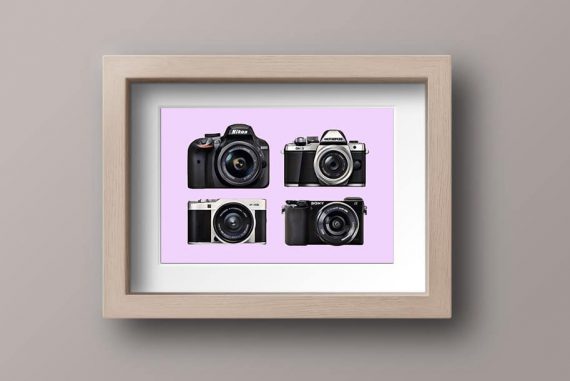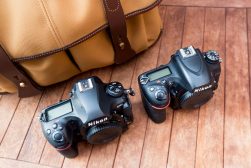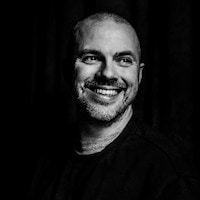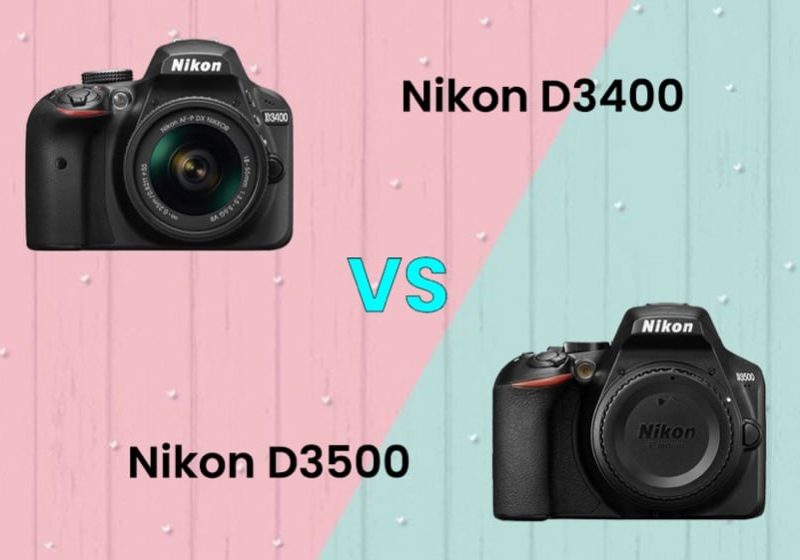
Nikon D3400 vs D3500 DSLR Comparison
Struggling to decide between the Nikon D3400 vs D3500? They're both affordable entry-level DSLR cameras, but which one is right for you? Find out in this guide.
The Nikon D3500 is the successor to Nikon’s entry-level DSLR, the hugely popular Nikon D3400.
If you are using a smartphone or point and shoot camera and want to upgrade to a Digital Single Lens Reflex (DSLR) camera with the option of using high-quality Nikon F mount lenses, then look no further. both are excellent cameras.
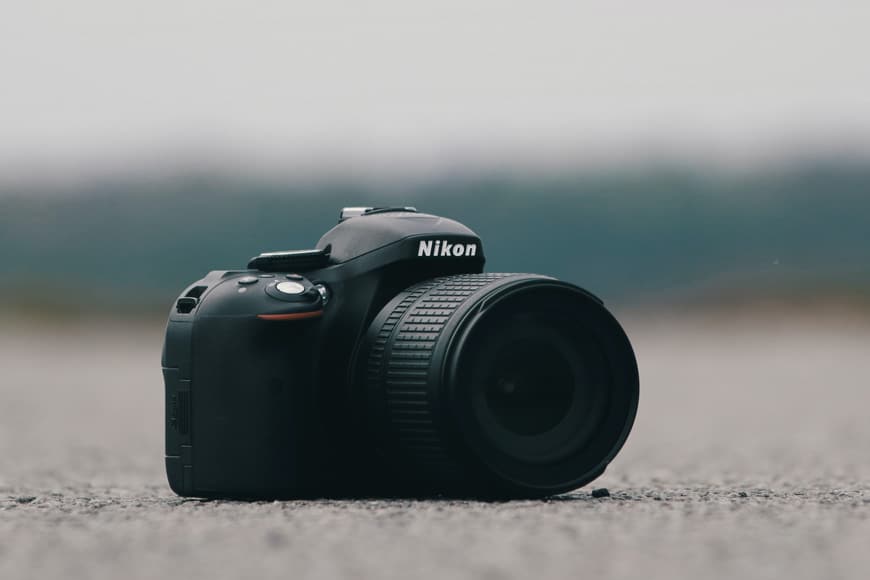
Great performance packed into a small, lightweight, simple to use body at an attractive price.
But first, what are the key differences between the Nikon D3400 and the newer Nikon D3500?
Below we have set out the specifications that are the same in the two cameras and then we explain in more detail their differences.
Then we’ll talk through which camera we think is the best option and explain why it’s the winner out of the two cameras.
So, this guide should help you ask the right questions and make the right choice of which Nikon camera is best for photography.
Both cameras are readily available and affordable, it may be just the time to pick up a great deal.
Nikon D3400 vs D3500 | Similarities
Many important features on the Nikon D3400 and Nikon D3500 are the same, so let’s start with these key features:
- APS C Sensor (DX crop sensor Nikon camera)
- There is no optical low pass filter (OLPF) for anti-aliasing
- ISO range of ISO 100 to ISO 25600 – which is a huge range
- Fixed type 921k dots LCD Screen – 3 inches in size
- Maximum 11 focus points autofocus system
- Optical viewfinder (pentamirror)
- 5 frames per second (fps) continuous shooting
- Video format – 1920×1080 (full HD) at frame rates of up to 60 fps
- Both have Bluetooth
- Both cameras take Nikon F Mount Lenses
- The Nikon D3500 and Nikon D3400 both take SDHC and SDXC memory cards
Both cameras have a very high-quality APS C sensor with an ISO range enabling work in low-light conditions such as indoor scenes and outside at night.
The autofocus system and continuous shooting feature let you work with action shots – sports, pets and never-still children – with confidence.
The image format for both DSLRs is a DX (crop) format sensor – this is sometimes referred to as APSC or CMOS sensor.
Moving on and up there’s a full range of Nikon lenses to extend your range of work right across the range of Nikon DSLRs on offer.
All modern Nikon DX and FX F Mount lenses will work on both Nikon D3400 and Nikon D3500 cameras, giving you lots of options to begin your lens collection.
So as you upgrade in the future to another Nikon camera, you’ll be able to keep the lenses and use them on future cameras.
DSLR video capture has quickly become an established high-performance tool since Nikon introduced it in 2008, and both the D3400 and D3500 provide video format is full HD – 1920 by 1080 pixels at frame rates up to 50fps / 60fps.
As the video mode allows you to film up to 60fps, this enables you to slow your footage down in post-production to smooth slow-motion video.
The video is good quality, but on both cameras, this is probably better for short clips rather than trying to capture a whole football match!
But for capturing video clips or some longer sections of video – that can of course be pieced together later into longer films in video editing software – both cameras offer fantastic video capabilities for their price point.
Above all, whichever camera you choose, all the features on offer are built into a quality build camera with an easy-to-see 3-inch LCD screen on the backplate.
Neither camera has weather sealing, but both are well-built and sturdy cameras.
Packed with up-to-date features at a quality level, both the Nikon D3500 and Nikon D3400 give extremely high quality for an entry level camera. They are perfect cameras for travel, street photography, family and hobbies such as classic cars or trains.
Nikon offer two lenses in their main kit lens bundles for the D3500 – and they fit its predecessor as well:
- The AF-P DX NIKKOR 18-55mm f/3.5-5.6G VR lens is great for portraits, landscapes, videos and other wide perspective shots (this is available in a non-VR version too – VR lenses offer image stabilization).
- The AF-P DX NIKKOR 70-300mm f/4.5-6.3G ED is a versatile telephoto zoom lens that’s great for sports, concerts, nature and more.
Although there are many similarities, there are also some key differences which we’ll cover below.
Nikon D3400 vs D3500 | Differences
1. Size & Weight
Importantly, the newer Nikon D3500 is slightly smaller in size and lighter than the older Nikon D3400.
Body weight:
- The Nikon D3400 is given as 445g with battery and memory card or 395g without.
- The Nikon D3500 is 415g with battery and memory card, or weighs 365g body only.
Dimensions:
- The Nikon D3400 measures a comparatively compact 124x98x75.5mm.
- The Nikon D3500, however, is smaller still, at 124x97x69.5mm.
Without a doubt in the modern world, where we are used to taking photographs with lightweight phones, having a lighter camera can be a great plus point, especially if you are upgrading from shooting images on a smartphone.
As the Nikon D3500 is slightly lighter than its APS-C predecessor, the Nikon D3400, it’s particularly useful if you don’t wish to be burdened down with heavy equipment and want to go light.
So the Nikon D3500 is an excellent travel camera in this regard.
2. Layout of controls
Both the Nikon D3400 and Nikon D3500 offer that classic Nikon DSLR look and feel. However, the button display has been changed for the Nikon D3500 to bring all the buttons together on the right-hand side.
You’ll find yourself needing to use the menu all the time to change settings to get the best from the camera as you respond to different conditions and subjects. The change of button positioning means you can access the menu via the controls much more easily on the D3500.
This seemingly small change makes the D3500 much more intuitive for the user – the button layout really is a big improvement on the older D3400. Accessing the buttons on the right-hand side of the screen at the back of the camera will quickly become second nature.
The Live View control is also now a switch rather than a button. Other changes in the control layout include the flash button now being on the back of the Nikon D3500 instead of on the front (as it is on the D3400).
While these changes may seem small, the result is an easier to manage the camera, allowing the user to work one-handed while looking through the viewfinder with the Nikon D3500.
3. Bigger grip
Entry-level cameras often feel ‘too small’ to more experienced photographers – which shows how important ergonomics are for any camera. Nikon has really taken on this issue with the Nikon D3500 by introducing a larger grip.
The new camera, unlike the D3400, also uses materials that look and feel similar to those used in their larger professional cameras, making the camera a lot easier to handle and balance.
This is particularly useful when using heavier lenses like a telephoto or macro. Most importantly, having a larger, deeper grip makes any camera feel better in the hand.
Unfortunately, looking at images of the two cameras doesn’t really give you an idea of the difference in feel, so try to get to a store and try them out.
Failing that, please do take our word that the Nikon D3500 has a better grip and feel and makes for a better shooting experience.
The difference in grip between the two cameras is a real plus point for the Nikon D3500 over the Nikon D3400.
4. Sensor
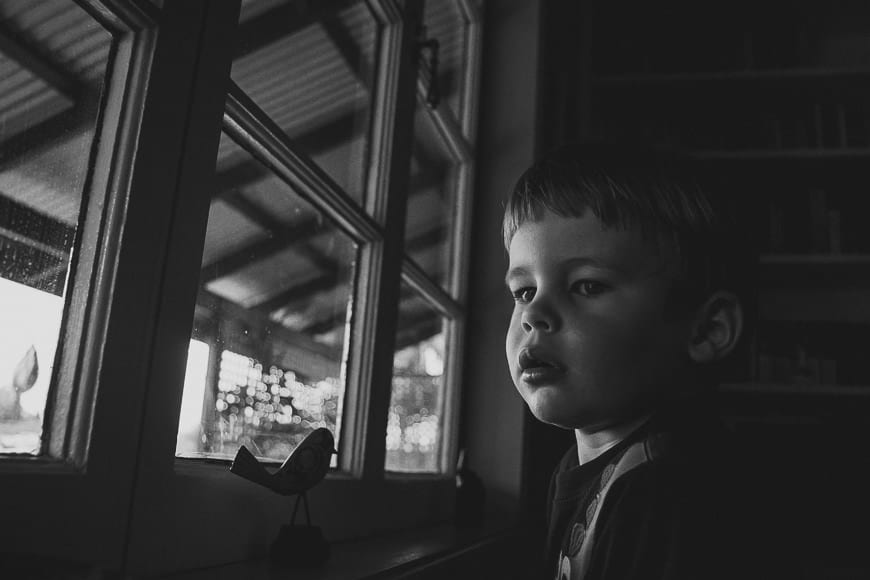
Nikon D3400 + 18-55mm f/3.5-5.6G | 1/1000 at f/4 ISO 1600 @22mm
Both cameras feature 24MP sensors – and that’s a lot of pixels!
The 24 mp sensor was for many years the professional’s choice – it’s a sensor resolution capable of producing stunning images across the subject range in most conditions of use.
One point to bear in mind is that it’s the quality of the sensor that permits the wide range of ISO (ISO 100 to ISO 25600).
You can’t expect quality to hold right up to the extreme top end – 12,800 and 25,600 where there will be some ‘noise’ – but, at the lower, mid and high settings you get stunning quality across a wide range of settings.
At low ISO the image quality for the Nikon D3500 really is excellent and you can get very usable photos right up to ISO 6400. And with the extreme end, sometimes an image with some ‘noise’ is better than no image at all.
As we noted earlier, both the Nikon D3500 and Nikon D3400 use a DX-format (APS-C) sensor without an optical low-pass filter.
But in the D3500 there is an improvement in the sensor. The Nikon D3400 uses a 24.2-megapixel sensor whereas the Nikon D3500 uses a newly developed 24.78-megapixel sensor.
Both sensors are excellent and capable of producing beautiful and pin-sharp images – though of course, the choice of lens and the person operating the camera have a big bearing on how sharp the images are!
5. Battery life
The D3400 was known for its long battery life enabling around 1200 shots from a single charge.
The D3500 has increased this to 1550 shots per full charge, even though it uses the same battery! So there are some clever improvements going on inside the camera.
This really takes the worry out of the old question, “How many photographs can I shoot today?”. The D3500 takes SD cards and a good size card – even a 32GB – will have you shooting all day.
So, with the battery life that the Nikon D3500 gives enabling you to take 1550 shots per charge, provided you have a good size card or spares on board, you can’t really be under pressure.
Either of these two cameras allows you to carry on shooting and shooting – 1,200 shots per charge for the older D3400 is still really impressive.
Nevertheless, having increased the battery life in the D3500 Nikon have again really pushed the envelope, making it one of the best-performing enthusiast DSLRs around in this regard.
6. Cost of the camera
Nikon have kept the cost of the new D3500 close to its older model the D3400. But now, it depends on where you are living/buying and whether you are purchasing a lens and camera bundle.
You’ll need US$450 for a Nikon D3500, while in Australia it’s about $1,000. A Nikon D3400 is a little less, meaning you can make a saving. And it’s worth noting that both cameras are value-for-money options.
However, you need to ask yourself is it worth saving a few pounds or dollars to miss out on the more advanced features of the newer DSLR?
If you purchase as a camera back and lens bundle the D3500 will sell for US$499 with an 18-55mm kit lens. A two-lens kit which includes the 18-55 (landscape and portrait) as well as a non-VR AF-P 70-300 f/4.5-6.3G ED lens (telephoto) will be priced at $849.
7. Remote Shooting and Sharing
Both the Nikon D3400 and the Nikon D3500 utilise Bluetooth Connectivity. However, a key difference is that the Nikon D3500 allows you to shoot remotely using Bluetooth.
Sharing photos via Bluetooth for work or with family or interest groups is now possible with the Nikon D3500 and their new Nikon SnapBridge app (available for both Apple and Android).
The Nikon D3500 uses Bluetooth to make the connection between the camera and a compatible smart device. With SnapBridge you can take shots remotely on a smartphone app and see a preview in real-time.
You can send out 2 MP images straight to social media in real-time! 2MP is a smaller image version of what you captured in camera which remains on the card to download at ‘home’.
Another built-in benefit – in these days when storing and sorting images can be a problem – is that Nikon SnapBridge users can access Nikon Image Space, a free online image sharing and storage service.
It must be noted that though both offer Bluetooth connectivity, neither the D3400 or D3500 offer wi-fi connectivity. Bluetooth should work perfectly for anyone looking at either of the two cameras as an excellent choice for their first DSLR – or back up for their other camera kit.
Nikon D3400 vs D3500 | Final Words
The Nikon D3400 and Nikon D3500 are two cameras that offer so much. Both these APS-C sensor DSLRs will be a huge step up for anyone looking to invest in their first camera – or for anyone moving on from a point and shoot camera to something more advanced.
Or of course, you may be a more experienced photographer – and may just be looking for a backup camera to add to your camera bag, or a lighter camera for travel. In these cases, either camera would be a great choice.
Overall, however, the Nikon D3400 is a fantastic camera in its own right, we highly recommend choosing the excellent Nikon D3500 as the best entry-level DSLR.
It has a number of improvements over the older Nikon D3400 as we have seen – bigger grip, improved battery life with more images per battery charge and connectivity to social media.
We should also mention that the Nikon D3500 is the newest model of the class-leading Nikon entry-level cameras.
Both the Nikon D3400 and Nikon D3500 use a very similar CMOS sensor, and both give excellent image quality. Of course, image quality for Nikon cameras is never really in doubt!
But though the CMOS sensor in both the cameras are remarkably similar, as we’ve discussed, the D3500 does offer an improvement over the D3400.
However, if you’re starting out and money’s a bit scarce, and you can get a good deal on the older model, you won’t be disappointed.
If you buy the Nikon D3400 you’ll have a great camera to learn on and hone your skills with. And, don’t forget, it takes the same great Nikon lenses as the Nikon D3500.
However, if you have the choice of both cameras, then go with the newer D3500.
For DSLR newcomers, a camera guide mode is built into the D3500 for easy, on-the-move references and tips. This guide makes getting to grips with the camera easier.
The D3500 and D3400 also have an array of picture controls to play with – such as MC (monochrome), PT (portrait), LS (landscape) and many more.
You can use both Nikon F mount FX (full frame) and purpose-built DX lense (designed specifically for crop sensor cameras) with either of the cameras. You just need to remember that if you use full frame lenses on the Nikon D3500, you will have a crop factor that affects the focal length of the lens.
This can in fact be used to an advantage as it brings you closer to the action when using FX lenses on an APS-C sensor camera! You just need to remember this key difference when considering which lens to buy.
Both cameras have built-in Bluetooth but the Nikon D3500 offers the option to use it to control the camera remotely. This means you can shoot images from afar, using your phone – such a handy feature!
So, the bottom line is that the Nikon D3500 is our preferred choice and, all-around, the better of the two cameras.
And we should note, the Nikon D3500 is at a price that offers a really great value option across the whole camera marketplace.

Great performance packed into a small, lightweight, simple to use body at an attractive price.







